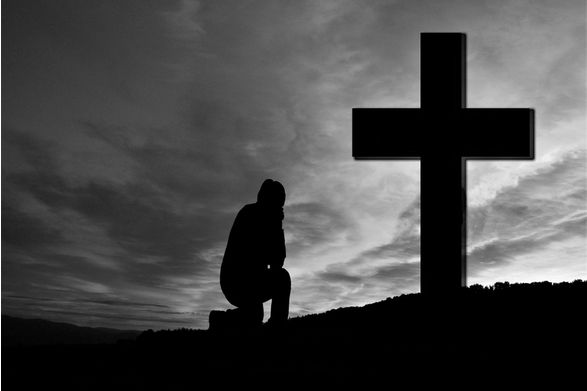The Bladensburg, Md., “Peace Cross” was saved by a 7-2 Supreme Court ruling, in part because of its age.
It was erected in 1925 to memorialize those who left the area to fight in World War I and never returned.
The Court seemed dubious that such a cross could stand on public space if it were erected today.
But this is a huge victory for religious liberty, which is under attack right now. The editors of the Wall Street Journal explain why this ruling matters so much:
The original meaning of the First Amendment is making a comeback on the Supreme Court. The latest evidence is Thursday’s rousing 7-2 ruling in support of religious liberty and pluralism in the public square.
The case was American Legion v. American Humanist Association, which was offended by the sight of the cross.
When you heard about the ruling, did you immediately try to guess, as I did, which justices had dissented? Justices Sonia Sotomayor and Ruth Bader Ginsburg were the dissenters.
Justice Samuel Alito wrote for the majority:
“Even if the original purpose of a monument was infused with religion, the passage of time may obscure that sentiment,” Justice Alito explained.
“As our society becomes more and more religiously diverse, a community may preserve such monuments, symbols, and practices for the sake of their historical significance or their place in a common cultural heritage,” he observed. What’s more, taking down such symbols may be even more “evocative, disturbing, and divisive” than leaving them stand.
The 1971 Lemon test, which Justice Gorsuch called “a mess,” governs whether such memorials as the Bladensburg cross is allowed to remain. It is highly subjective and requires judges to consider, among other things, “whether a government action has a secular purpose, the effect of not advancing or inhibiting religion, and doesn’t foster an excessive government entanglement with religion.”
Chief Justice John Roberts and Justices Gorsuch, Stephen Breyer, Brett Kavanaugh and Clarence Thomas agreed that the Lemon test should be abandoned but could not come up with an alternative.
Interestingly, as noted above, some Justices indicate that religious symbols in public spaces are acceptable only if old:
“Where categories of monuments, symbols, and practices with a longstanding history follow in that tradition, they are likewise constitutional,” Justice Alito noted. Under such a test, cities and streets named after saints would pass constitutional muster. Lucky for Los Angeles.
But Justice Breyer in his concurrence pointedly noted that he did not believe the Court’s opinion “would permit any newly constructed religious memorial on public land.” So a cross-shaped war memorial is kosher if it was built a century ago, but not today.
Justice Gorsuch saw things differently:
Justice Gorsuch wants none of that. “What matters when it comes to assessing a monument, symbol, or practice isn’t its age but its compliance with ageless principles,” he wrote in his concurrence. “The Constitution’s meaning is fixed, not some good-for-this-day-only coupon, and a practice consistent with our nation’s traditions is just as permissible whether undertaken today or 94 years ago.”
Justice Thomas also suggested that the injury those offended by religious symbols suffer really isn’t enough to justify a long legal battle:
The best result for liberty and public civility would be if the full Court took the advice of Justices Gorsuch and Thomas, who also argued that Americans merely offended by religious speech or displays lack the standing to sue because they haven’t suffered a “concrete and particularized injury.”
The loss to the cultural heritage the cross represents would be profound if the Court had ordered it removed. And, as the Wall Street Journal observes, this ruling will bring us closer to a restoration of the meaning of the Establishment clause.
I am sure that there will be some Christians who complain that the cross’s continued presence at the Bladensburg intersection relies on obscuring its religious content.
But it’s hard not to view this ruling as a big win for religious liberty.


